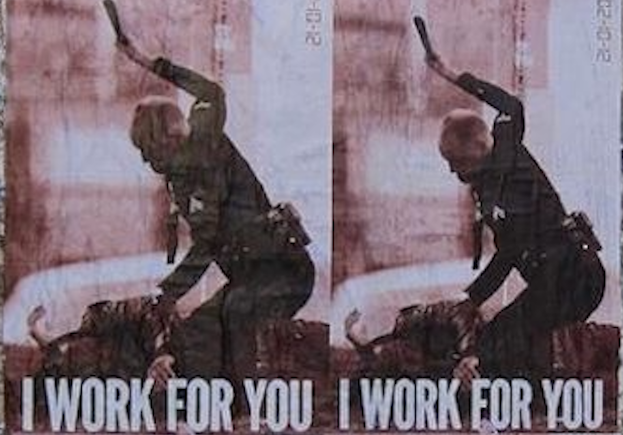WSJ Analysis Finds Police Nationwide are Failing to Stop the Rise of Murders of Black Woman or to Solve the Cases [the numbers are Confounding Only if You Believe Cops Exist to Serve Black People]
/From [HERE] When homicides surged across America during the pandemic, murders of Black women and girls rose more dramatically than other groups. At the same time, the proportion of those killings solved by police fell faster than other demographics in nearly two dozen cities.
Some 2,077 Black women and girls were killed in 2021, a 51% increase over 2019 and the largest jump of any racial or gender group during that period, according to the Centers for Disease Control and Prevention. Overall, the number of killings nationwide increased 34% during that time frame.
Meanwhile, the number of unsolved homicides of Black women and girls rose by 89% in 2020 and 2021 compared with 2018 and 2019, according to a survey of 21 U.S. cities by The Wall Street Journal. It was a far bigger increase than any other demographic group during this period, data provided by the cities show.
The numbers are confounding to law enforcement, criminologists and community groups, who said they have yet to gain a complete understanding of the disparities.
They pointed to several variables that might have contributed to the changes, including the overall rise in homicides of Black women and girls, staffing shortages in police departments and deepening distrust of police in some Black communities following the killings of George Floyd and Breonna Taylor.
One factor, according to some in law enforcement: a shift in the types of homicide cases in which Black women and girls were victims. Police have typically solved more homicides of women than men. Killings of women often involve husbands, boyfriends or ex-partners, who are quickly identified. Men are more often killed in gang- and drug-related shootings or fights with strangers, cases that can be tougher to crack.
Amid a quarter-century high in gun violence during the pandemic, more Black women and girls were caught in the crossfire of drive-by shootings and other attacks where they weren’t always the intended targets, police said. These cases are often more difficult to solve.
The Federal Bureau of Investigation, which reports annual crime data nationwide, doesn’t fully track clearance rates by race and gender. The Journal queried more than 30 cities across the U.S., including the nation’s 10 largest. Most also said they don’t track such data. Twenty-one cities agreed to share both the number of homicides and the number of those cases cleared since 2018, along with the race and gender of the victims.
In these cities, the share of homicide cases for Black women and girls cleared by police—either by arrest, charges filed or identification of a suspect beyond the reach of authorities—fell to 59% in 2020 and 2021 from 67% in 2018 and 2019. Clearance rates for white women and girls fell from 78% to 73% over the same time period.
Clearance rates for men were lower to begin with, but saw smaller drops in that period, or none at all, remaining at 58% for white men and boys and dropping from 45% to 41% for Black men and boys, who had the lowest clearance rate of all. The overall homicide clearance rates in those 21 cities during that period fell to 49% from 51%.
Some states and cities have started examining differences in homicides and clearance rates for cases involving Black women and girls. The Los Angeles City Council in May ordered the city’s civil rights department to conduct an analysis of the issue. [MORE]






































































































































































































































































